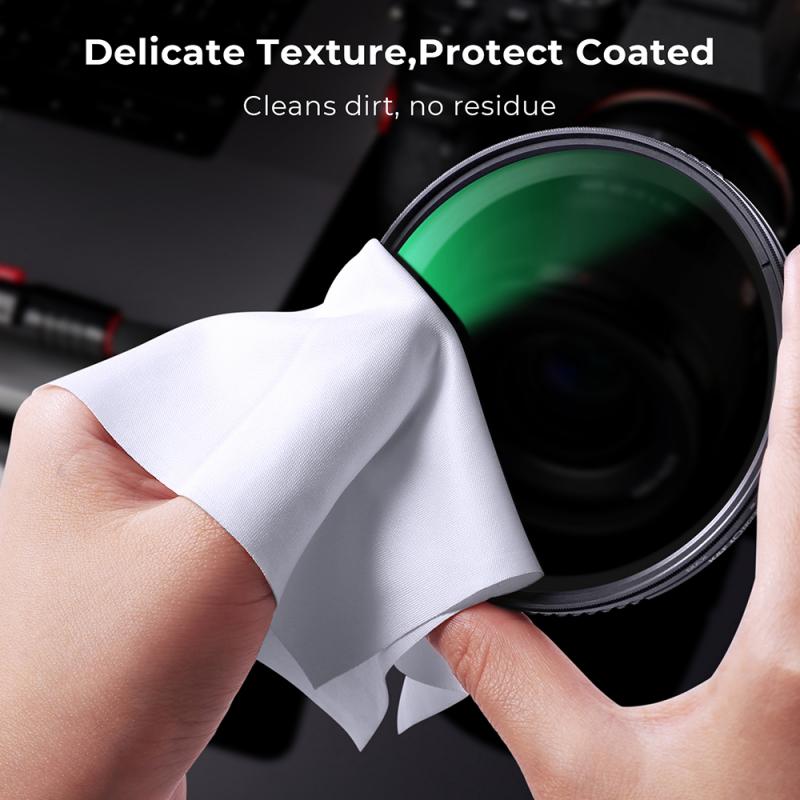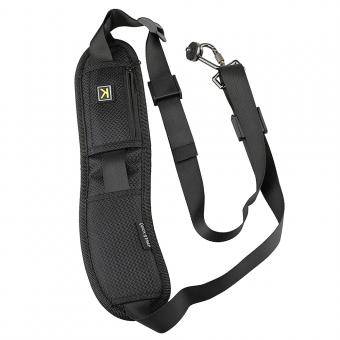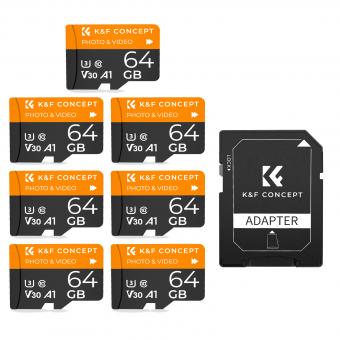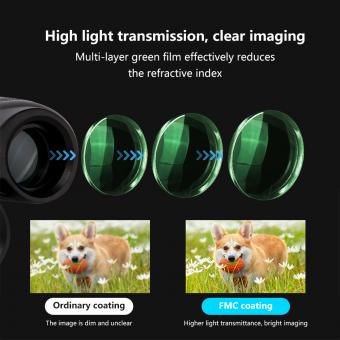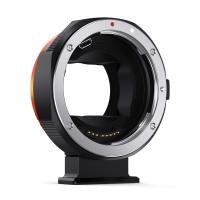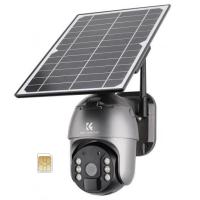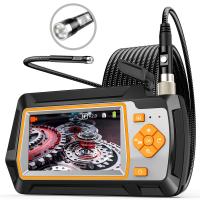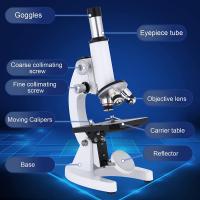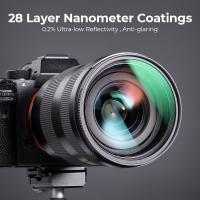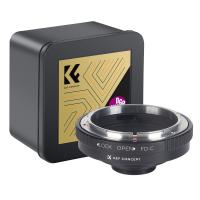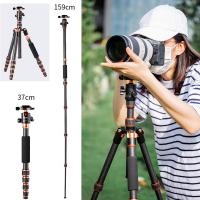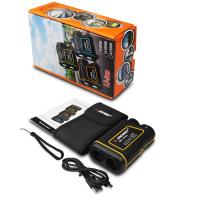Surveillance Camera You Can Wear ?
A wearable surveillance camera is a type of camera that can be worn on the body, typically on clothing or accessories such as glasses or hats. These cameras are designed to capture video footage from the wearer's point of view, allowing for hands-free recording of activities and events. They are often used in various applications such as law enforcement, sports, journalism, and personal security. Wearable surveillance cameras can provide a discreet and convenient way to document experiences or gather evidence in real-time. They typically have features such as high-definition video recording, built-in storage, and wireless connectivity for easy transfer of footage.
1、 Wearable surveillance cameras: Advancements and applications in personal monitoring.
Wearable surveillance cameras, also known as body-worn cameras or body cameras, have emerged as a significant advancement in personal monitoring and law enforcement. These devices are essentially surveillance cameras that can be worn on the body, typically on the chest or head, and are capable of recording audio and video footage from the wearer's perspective.
The applications of wearable surveillance cameras are vast and diverse. In law enforcement, these cameras have been adopted by police officers to provide an objective record of their interactions with the public, enhancing transparency and accountability. They can also serve as valuable evidence in investigations and court proceedings. Additionally, wearable surveillance cameras have been utilized by security personnel in public spaces, such as airports or shopping malls, to monitor and deter potential threats.
Beyond law enforcement and security, wearable surveillance cameras have found applications in various industries. For example, they are increasingly being used in the field of journalism to capture immersive and first-person perspectives of news events. In sports, athletes and coaches utilize these cameras to analyze performance and gain insights into their techniques. Moreover, individuals engaged in extreme sports or adventure activities can document their experiences and share them with others.
The latest advancements in wearable surveillance cameras include improved video quality, longer battery life, and enhanced connectivity options. Some devices now offer live streaming capabilities, allowing real-time monitoring and remote access to the recorded footage. Additionally, advancements in artificial intelligence and machine learning have enabled features like facial recognition and object detection, further enhancing the functionality and usefulness of these devices.
However, the increasing use of wearable surveillance cameras also raises concerns regarding privacy and data security. Striking a balance between the benefits of personal monitoring and the protection of individual privacy rights remains a challenge. As technology continues to evolve, it is crucial to establish clear guidelines and regulations to ensure responsible and ethical use of wearable surveillance cameras.
In conclusion, wearable surveillance cameras have revolutionized personal monitoring and have found applications in various fields. With ongoing advancements, these devices are becoming more sophisticated and capable, offering improved video quality, longer battery life, and enhanced connectivity options. However, it is essential to address privacy concerns and establish appropriate regulations to ensure the responsible use of these devices.
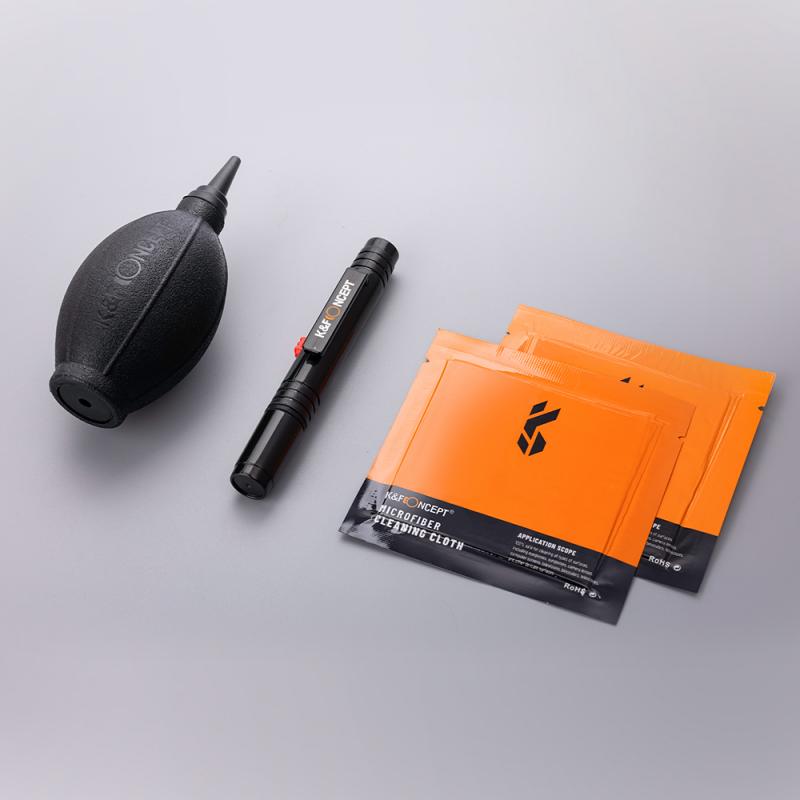
2、 Body-worn cameras: Enhancing security and accountability in law enforcement.
Body-worn cameras: Enhancing security and accountability in law enforcement
In recent years, body-worn cameras have emerged as a powerful tool in law enforcement, providing an additional layer of security and accountability. These devices, essentially a surveillance camera you can wear, have gained popularity due to their potential to capture real-time evidence and improve transparency in police-citizen interactions.
One of the key advantages of body-worn cameras is their ability to provide an unbiased account of events. By recording interactions between law enforcement officers and the public, these cameras offer an objective perspective that can be used as evidence in investigations and court proceedings. This not only helps to protect the rights of both citizens and officers but also enhances trust and confidence in the criminal justice system.
Moreover, body-worn cameras have been found to have a positive impact on officer behavior. Knowing that their actions are being recorded, law enforcement officers are more likely to adhere to professional standards and follow proper protocols. This can lead to a reduction in the use of excessive force and other misconduct, ultimately improving the overall safety and well-being of both officers and the public.
From a technological standpoint, advancements in body-worn cameras have made them more efficient and user-friendly. Features such as high-definition video recording, GPS tracking, and live streaming capabilities have enhanced their functionality and effectiveness. Additionally, the integration of artificial intelligence and facial recognition technology has the potential to further enhance the capabilities of these devices, allowing for quicker identification of suspects and improved situational awareness.
However, it is important to address concerns regarding privacy and data management. Striking the right balance between the need for transparency and the protection of individual privacy rights is crucial. Clear policies and guidelines must be established to govern the use, storage, and access to the recorded footage, ensuring that it is used solely for its intended purpose and not for unwarranted surveillance.
In conclusion, body-worn cameras have proven to be a valuable tool in law enforcement, enhancing security and accountability. As technology continues to evolve, these devices will likely become even more sophisticated, providing law enforcement agencies with an effective means to protect both officers and the public while maintaining transparency and trust in the criminal justice system.

3、 Wearable surveillance technology: Privacy concerns and ethical implications.
Wearable surveillance technology, such as a surveillance camera you can wear, has become increasingly popular in recent years. These devices, often in the form of body cameras or smart glasses, allow individuals to record their surroundings and activities from a first-person perspective. While there are potential benefits to this technology, such as enhancing personal safety or providing evidence in legal disputes, it also raises significant privacy concerns and ethical implications.
One of the main concerns is the potential for constant surveillance and the invasion of privacy. With wearable surveillance technology, individuals can record and capture images and videos of others without their consent or knowledge. This raises questions about the right to privacy and the boundaries of personal space. Additionally, the storage and sharing of this recorded data can also pose risks, as it may be vulnerable to hacking or misuse.
Another ethical concern is the impact on social interactions and trust. The presence of wearable surveillance technology can create a sense of unease and suspicion among individuals, as they may feel constantly monitored or judged. This can lead to a breakdown in trust and hinder genuine human connections.
Furthermore, the use of wearable surveillance technology by authorities, such as law enforcement agencies, raises concerns about potential abuse of power and selective recording. There is a risk that these devices may be used to target specific individuals or groups, leading to discrimination or biased enforcement.
In light of these concerns, it is crucial to establish clear regulations and guidelines for the use of wearable surveillance technology. Striking a balance between personal privacy and the potential benefits of this technology is essential. Additionally, raising awareness about the ethical implications and promoting responsible use can help mitigate some of the negative consequences.
The latest point of view on this issue emphasizes the need for transparency and accountability. It is important for manufacturers and users of wearable surveillance technology to be transparent about its capabilities and limitations. Additionally, there should be mechanisms in place to ensure that the data collected is used responsibly and in accordance with legal and ethical standards.
In conclusion, while wearable surveillance technology offers certain advantages, it also raises significant privacy concerns and ethical implications. Striking a balance between personal privacy and the potential benefits of this technology is crucial. Clear regulations, transparency, and accountability are necessary to ensure responsible use and protect individuals' rights to privacy.
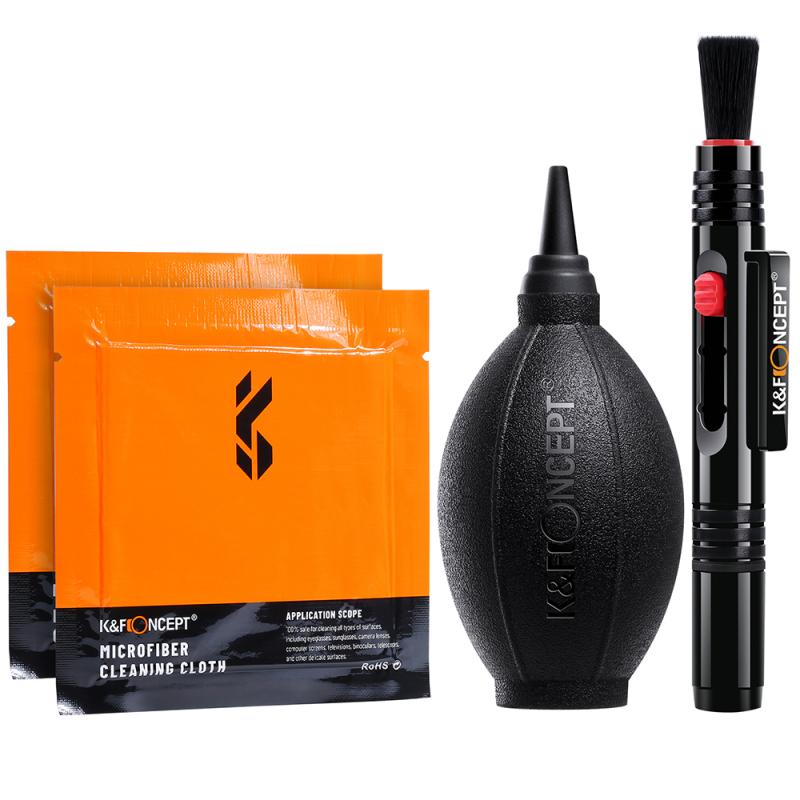
4、 Smart glasses with built-in cameras: Revolutionizing hands-free recording and communication.
Smart glasses with built-in cameras: Revolutionizing hands-free recording and communication.
Smart glasses with built-in cameras are a groundbreaking innovation that is revolutionizing the way we record and communicate. These glasses, equipped with small cameras, allow users to capture their surroundings effortlessly, providing a unique point of view and hands-free recording experience. This technology has the potential to transform various industries, from journalism and law enforcement to sports and entertainment.
One of the key advantages of smart glasses with built-in cameras is their ability to provide a first-person perspective. This allows users to document their experiences in a more immersive and authentic way. For journalists, this means being able to report on events as if the audience were right there with them. Law enforcement officers can use this technology to gather evidence and document incidents accurately. In the sports industry, athletes can record their training sessions and analyze their performance from their own perspective, leading to improved training techniques.
Moreover, smart glasses with built-in cameras offer hands-free communication capabilities. Users can make video calls, access information, and receive notifications without the need to hold a device. This feature is particularly useful in situations where using a smartphone or tablet is impractical or unsafe, such as during physical activities or while working in hazardous environments.
From a privacy standpoint, concerns have been raised regarding the potential misuse of this technology. However, it is important to note that the use of smart glasses with built-in cameras should be regulated and governed by strict privacy laws. This will ensure that the technology is used responsibly and ethically, without infringing on individuals' privacy rights.
In conclusion, smart glasses with built-in cameras are a game-changer in terms of hands-free recording and communication. They offer a unique perspective and have the potential to transform various industries. However, it is crucial to strike a balance between the benefits of this technology and the protection of privacy rights. With proper regulations in place, smart glasses with built-in cameras can enhance our daily lives and open up new possibilities for communication and documentation.
